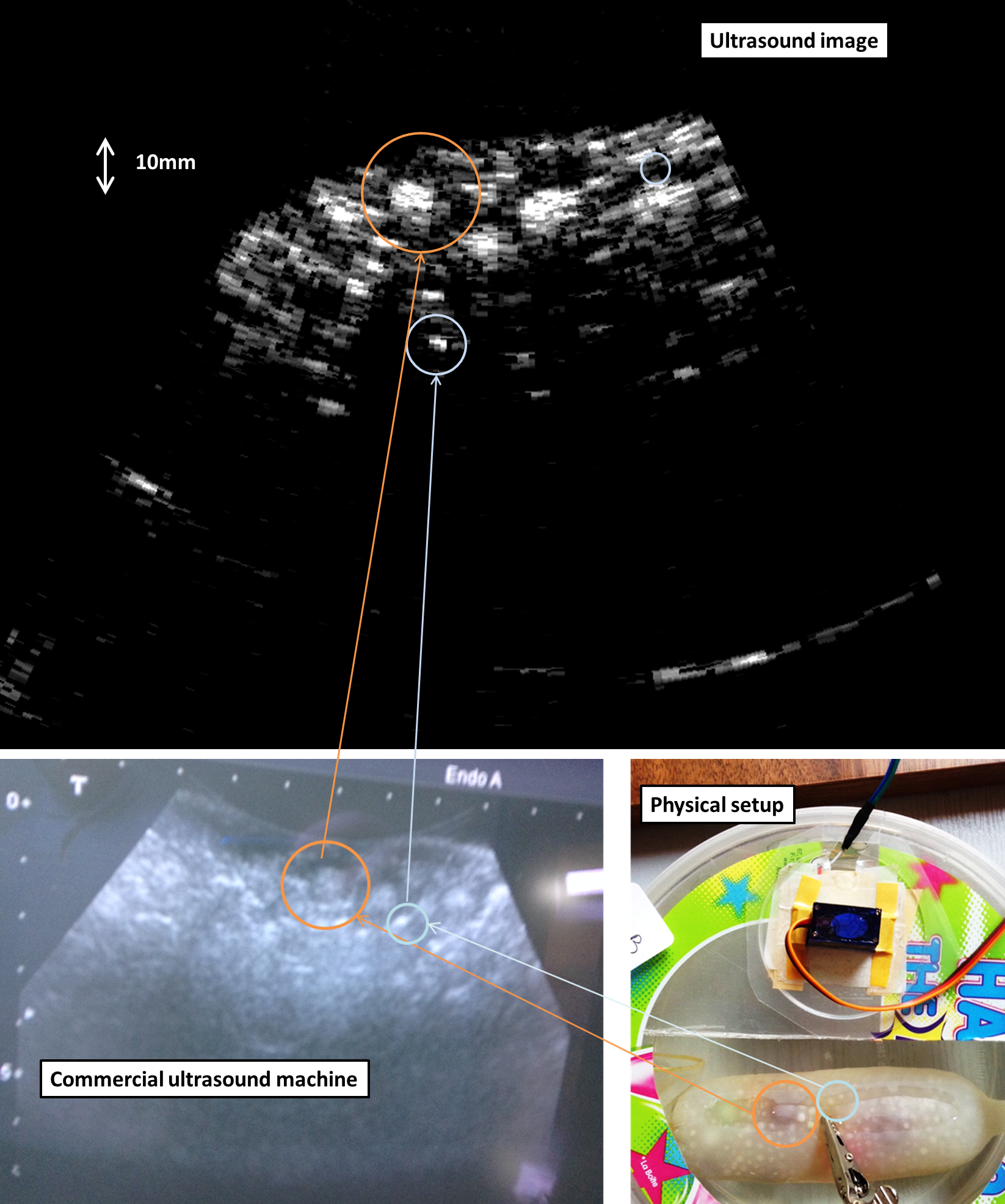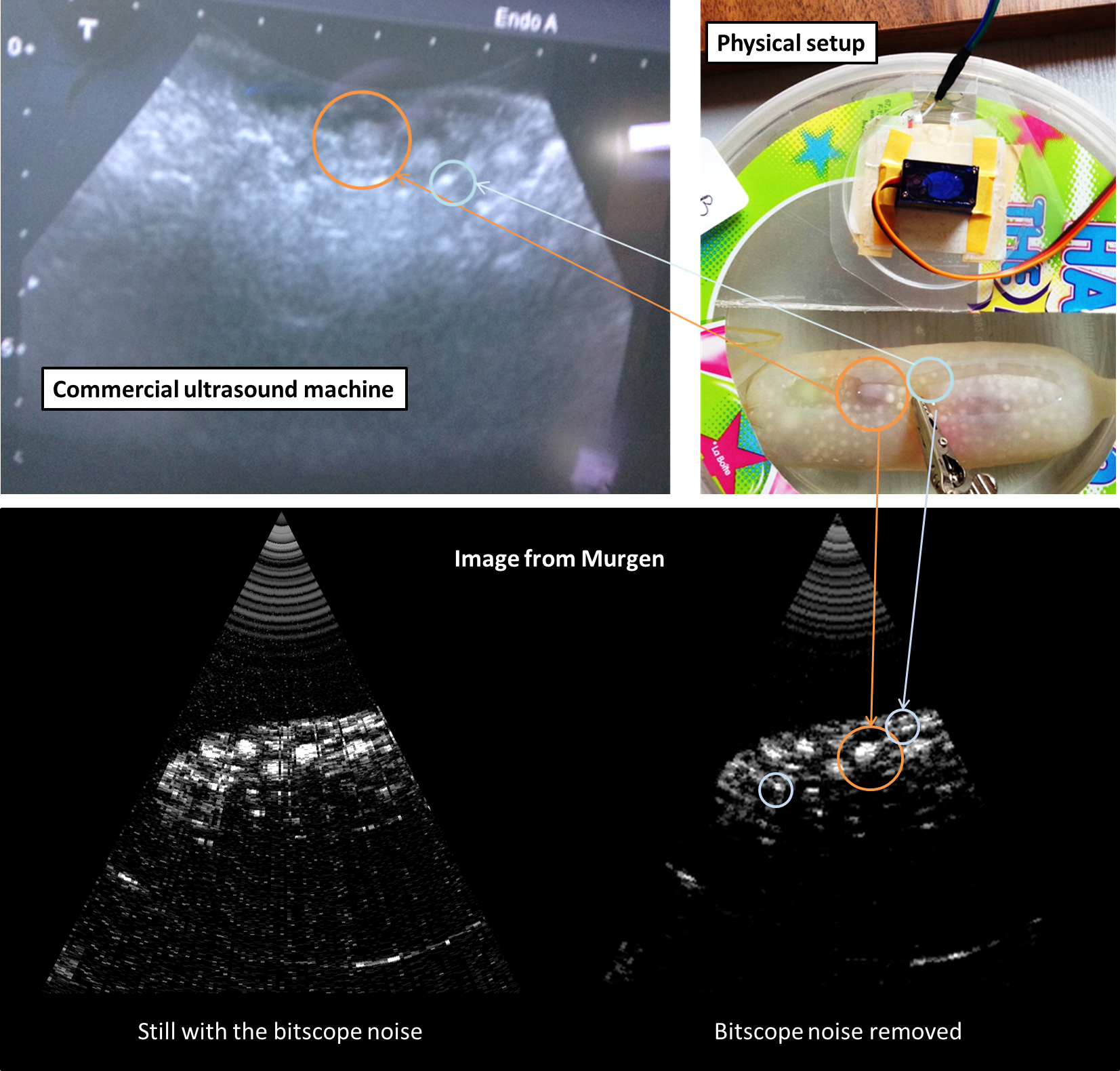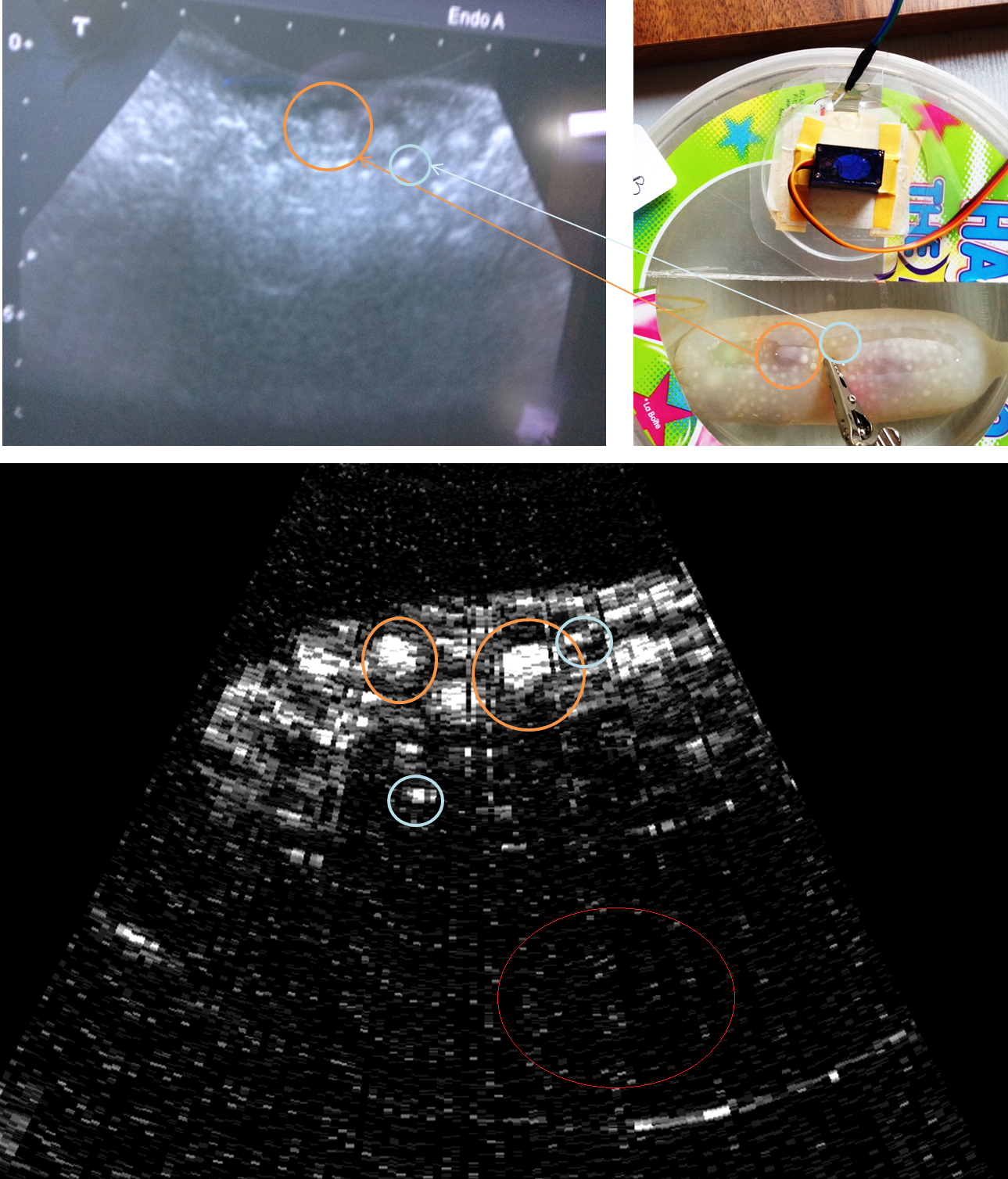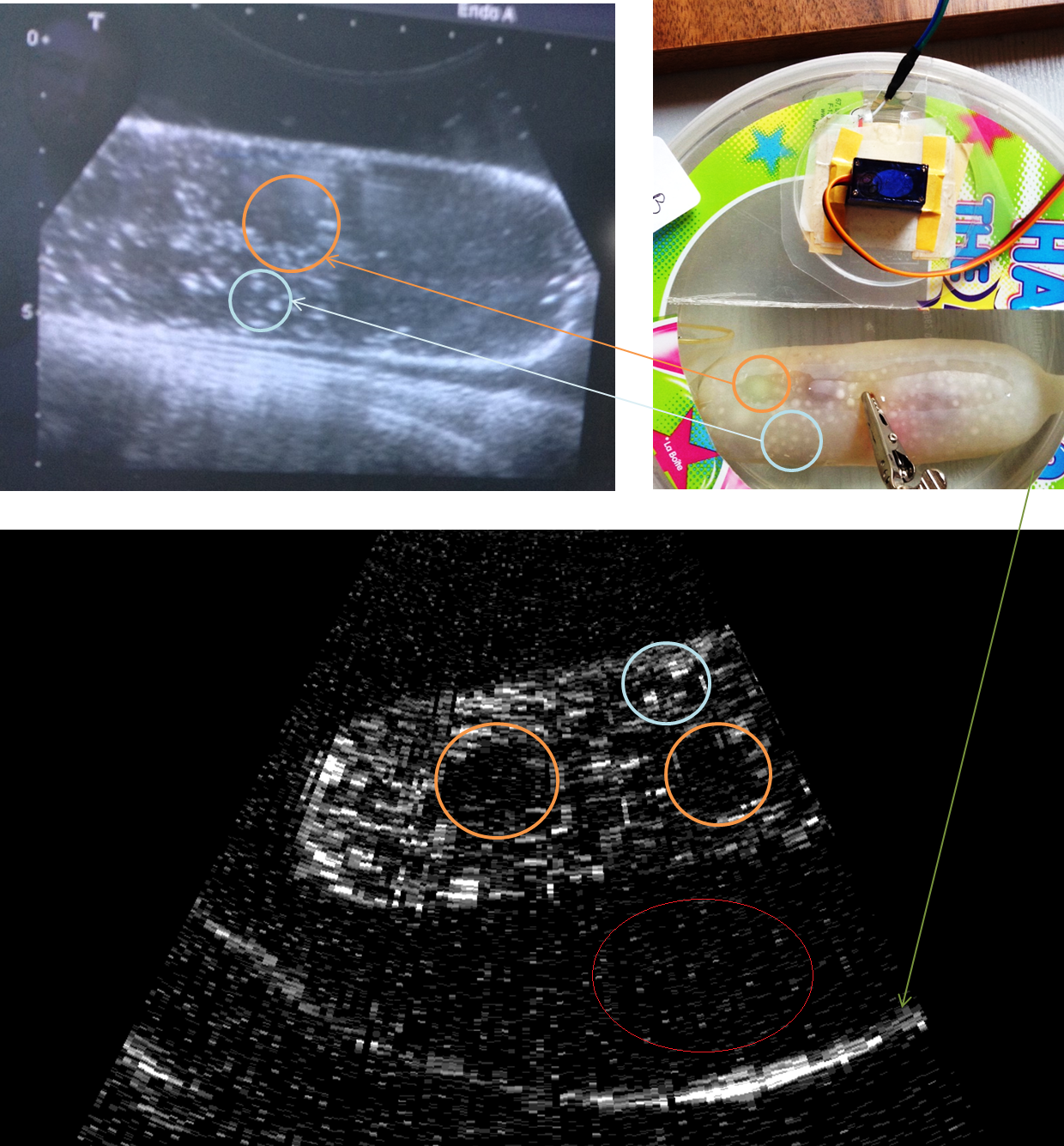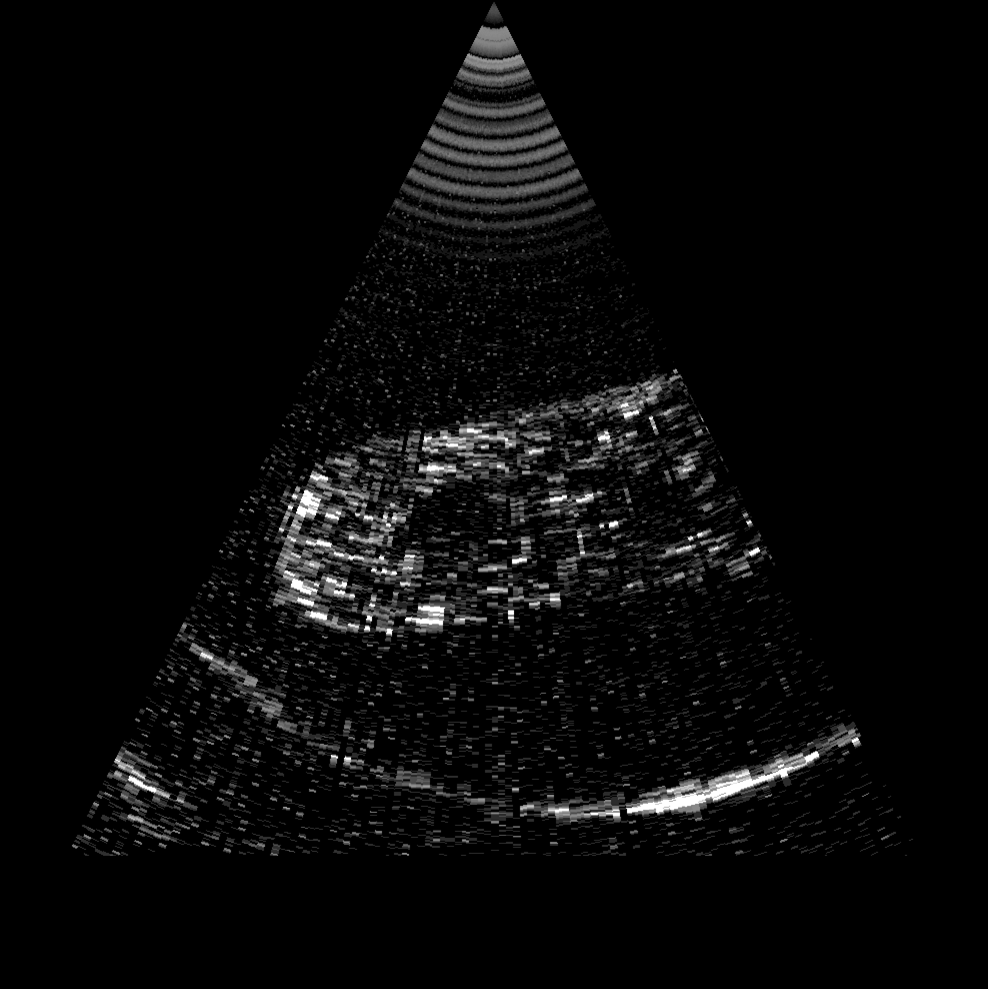-
Drawing with ultrasounds
07/04/2016 at 09:11 • 0 commentsWhat happens if you have a 1D sensor capturing data, with a moving object? Like the Slit-scan cameras, which give a surreal feeling to portraits for example:
![]()
Well, you can also do this with ultrasounds =)![]()
-
Documenting open-source hardware
06/27/2016 at 21:22 • 0 commentsTLDR: In our project, communication and documentation are closely linked, and have a foremost place in our OSH. I'm detailing in the link how to document only in one place using markdown, and generate reports, docs, graphs, block diagrams and presentations on the fly.
I'm so lazy about documenting, that I want to do it clean, and efficient - so I have prepared a lazy documentation about it there: http://kelu124.github.io/echomods/DocumentationProcess.html
-
Hackaday prize and retroengineering
06/18/2016 at 14:46 • 0 commentsHey community, a bit late, but ... KUDOS TO YOU! Thanks to you, we got accepted in the semifinalist list of hackadayprize!
To celebrate, let's share what we did with a probe found at 70$ on EBAY, which was supposed to be broken... well, that's what the vendor said! After opening, rewiring some cables, we found out we could get echoes:
Well, with the modules underway, and the existing Murgen board, we can now stopping worrying about the continuous rotation of the head and the noise it gives.Sweet! And a great time opening and repairing:
-
Ultrasound and scan conversion
05/31/2016 at 10:14 • 5 commentsJust to be curious: what would you use to convert the digitalized array into a geometrically correct shape?
![]()
-
Some ultrasound images, please? Of course!
05/13/2016 at 19:03 • 0 commentsHow did we take these images?
Fantoms and the testing bowl Distance to the fantom Specs of the fantom ![thumb]()
![thumb]()
![thumb]()
Comparing the image with the fantoms
Image Specs of the fantom ![thumb]()
![thumb]()
Getting some images
Original repo of images at : https://github.com/kelu124/murgen-dev-kit/blob/master/software/examples/Readme.md
-
ADC speed for ultrasound imaging?
05/07/2016 at 18:24 • 0 commentsWe had sort of a debate regarding the speed of the ADCs we are using. Since we're using 3.5MHz transducers, we would have been aiming at getting 7Msps minimum ADCs. However, we're using non-perfect transducers, so pulses are often quite large (2 to 5 periods), and we're looking at the envelope of the echoes. So, the echoes envelope have a width that spans around 1ms - a 1Msps ADC could be able to capture this.
Moreover, we discussed about introducing a peak-hold-reset to play the role of the envelope detector.
Since we wanted to see the impact of the ADC's speed, we simulated a decimation from 5Msps (the original data) down to 2.5Msps and 1Msps. For this decimation, we had three choices: averaging the points, getting a random one, or getting the highest point (emulating the peak-hold).
No more to say, but this, on data before the scan conversion:![]() Unsurprisingly, the random is less smooth than averaged, and the Max has quite an interesting answer, as it highlights the features of the image. Rest of the description (including scan converted images) is here.
Unsurprisingly, the random is less smooth than averaged, and the Max has quite an interesting answer, as it highlights the features of the image. Rest of the description (including scan converted images) is here.
All code, images and the scripts are available at : https://github.com/kelu124/murgen-dev-kit/tree/master/worklog/Images/Session_8/source_files
-
The last touches to Murgen
04/12/2016 at 09:14 • 0 commentsExciting as it has been, the murgen-dev-kit project (GitHub repo) will be stabilized in the coming week. There's still some doc to fine tune, but, apart from that, the objectives are all reached:
- Getting a medical-grade image? Check
- Publishing the electronics sources? Check
- Developing the software framework? Check
- Documenting everything? Check
- Having a OpenSourceHardware-'compliant' repository? Check
However, on my path to hack ultrasound, murgen will give birth to a set of modules: instead of being a shield, the electronics are going to be transformed into a set of (breadboard) plugable boards, or modules.
To reflect, this I'm starting a new Hackaday project, the echomods. Feel free to follow this new adventure!
-
Improving image quality : some results
04/07/2016 at 13:52 • 0 commentsWhat do you think of this comparative? A DIY ultrasound machine at 500$ vs a commercial one costing 100k$ ;)
![]()
-
Improving the quality of the image
04/04/2016 at 07:32 • 0 commentsThe USB isolator is not working for the bitscope noise.. so instead I focused on existing data and cleaned those..
Improvement was done compared to the previous image taken, as you can see below: we're quite on par with the medical image.![]()
Still need to have a "clean" scan conversion using a 4Tap approach instead of a Nearest neighbour, anyone for a python challenge?
-
Getting usable images with a 500$ DIY ultrasound machine
03/29/2016 at 08:12 • 3 commentsAnother couple of hours worth of playing - full lab log on github (Session 6) !
We finally get some images from the fantoms (that is, condoms filled with agar gel and tapioca balls).. and below is the setup, upper left the clinical image (coming from a 100k$ machine) and our image (lower). We clearly see the bigger tapioca balls (orange circles) and smaller (blue marks).
Mission accomplished =)
![]()
Same type of config, from a different angle: seeing low diffusion areas =)
![]()
Last but not least, the noise (circled in red) is due to the bitscope itself, I'm getting a USB isolator to get rid of this damn noise.
A full image
![]()
Murgen: open source ultrasound imaging
An open-source ultrasound imaging dev kit side project
 kelu124
kelu124
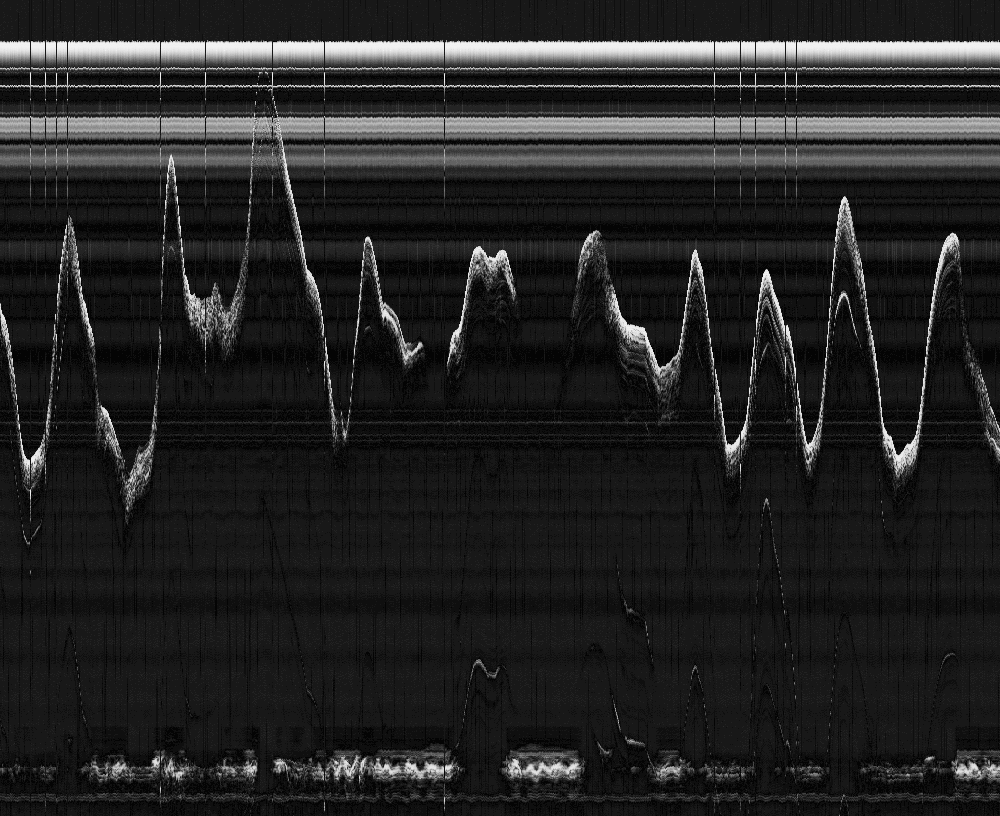
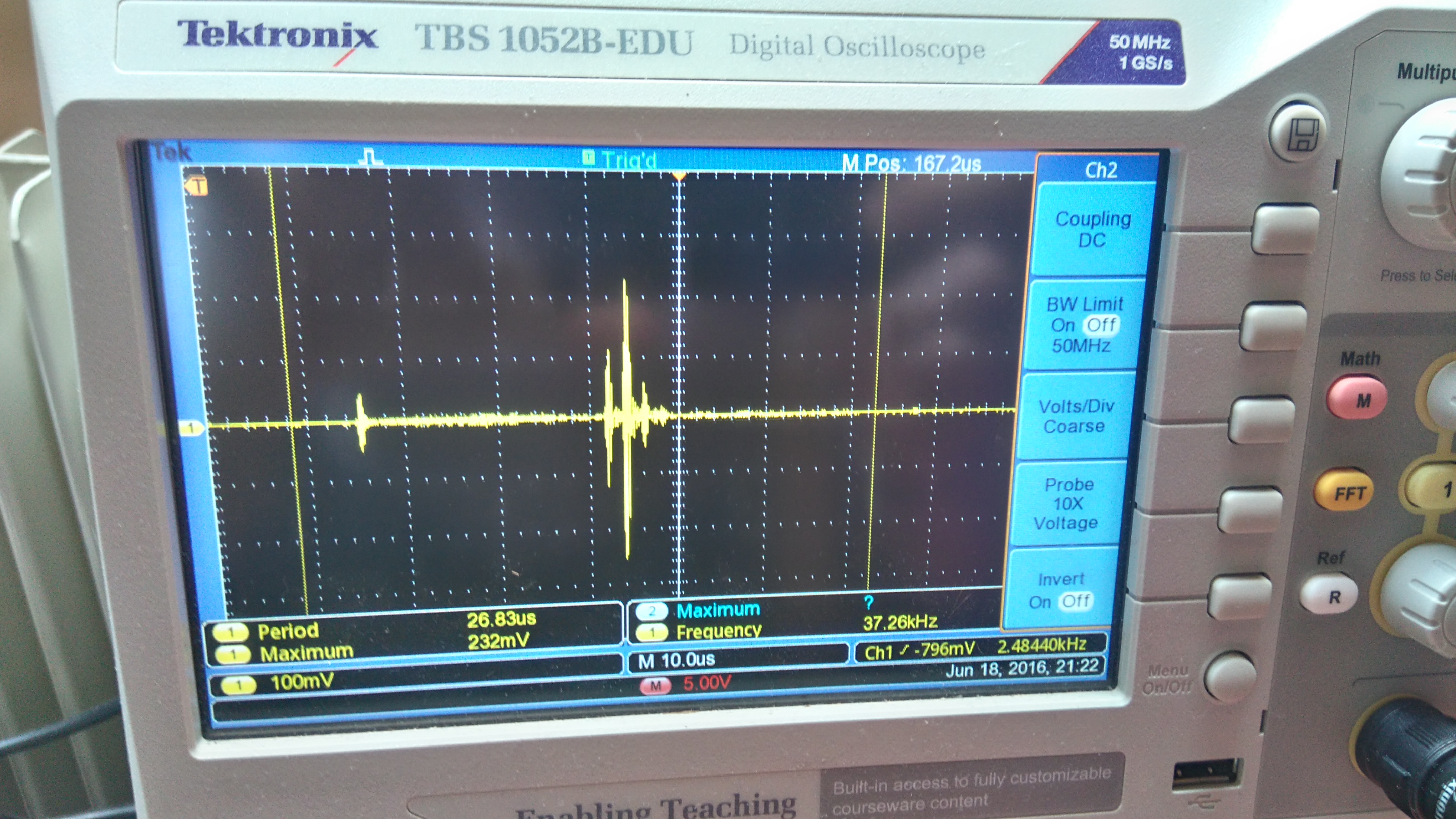
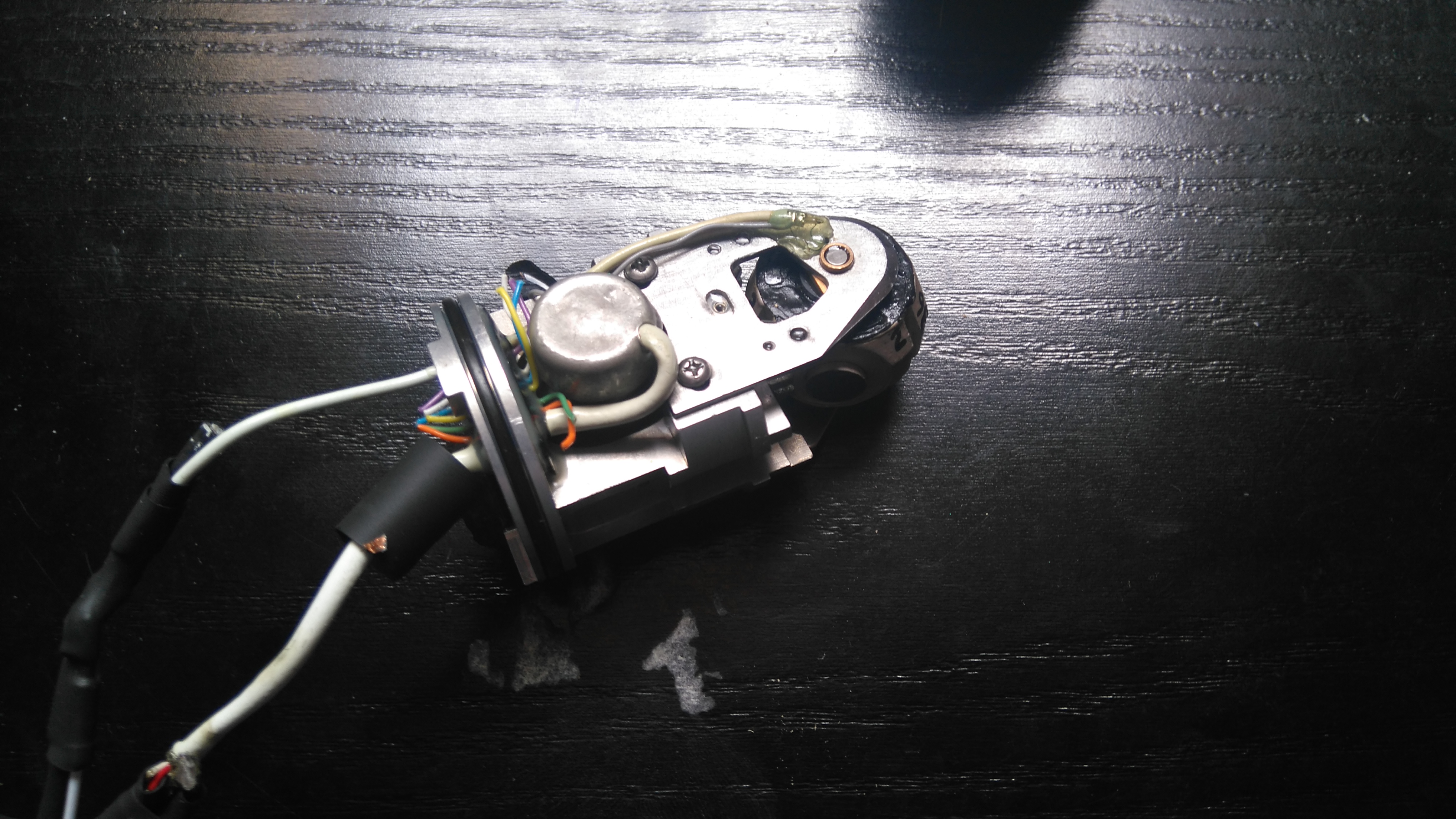
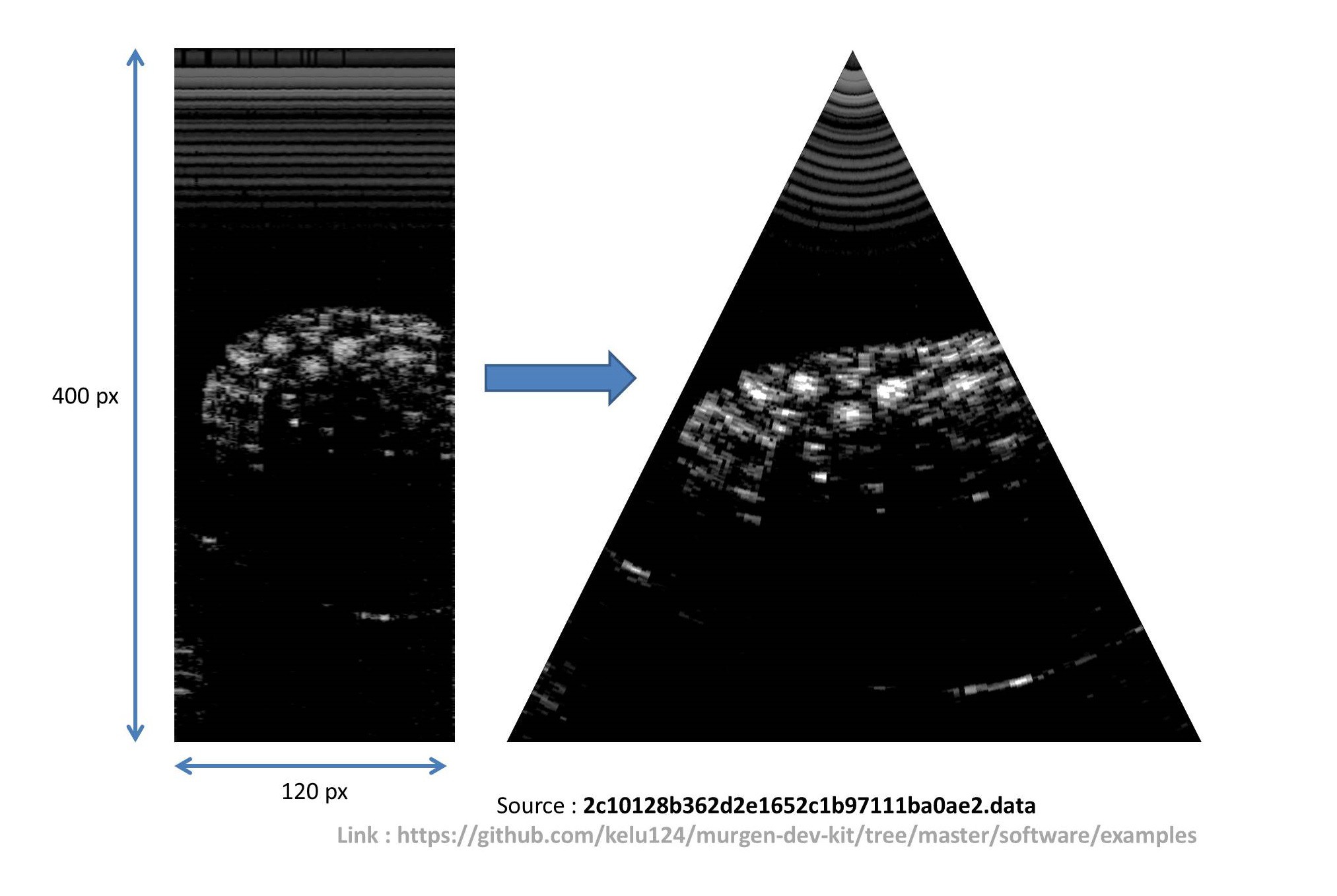

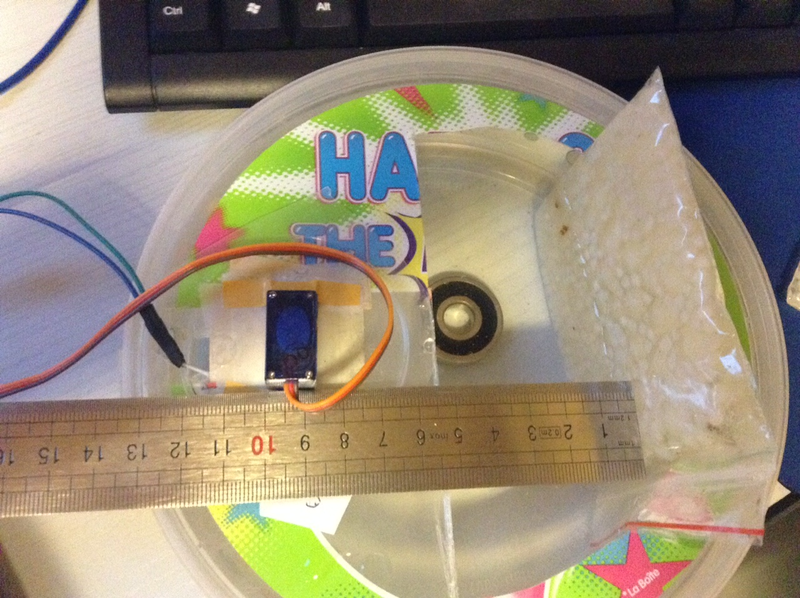

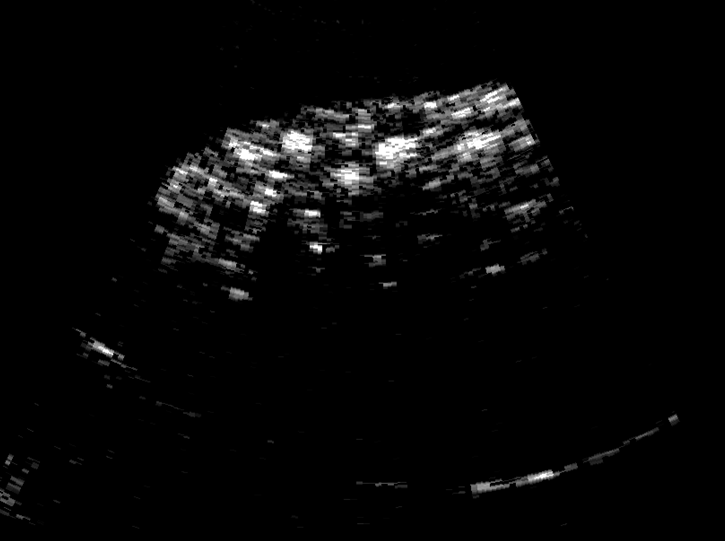
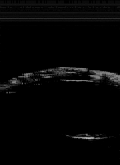
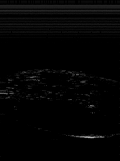
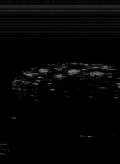
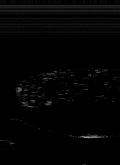
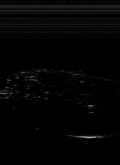
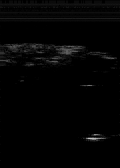
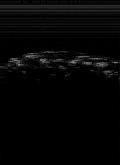
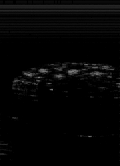
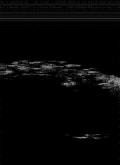
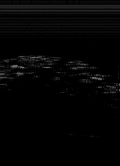
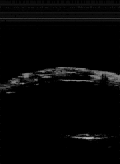
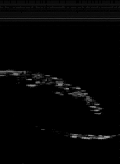
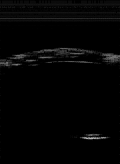
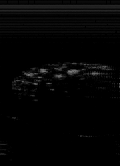
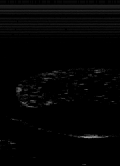
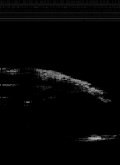
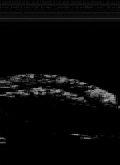
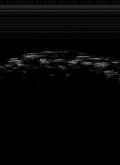
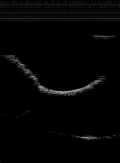
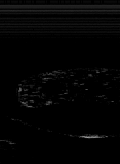
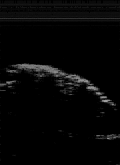
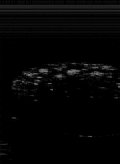
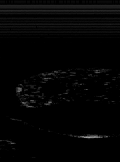
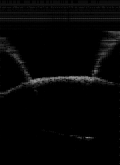
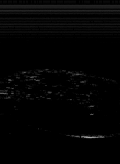
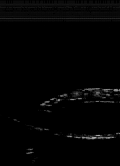
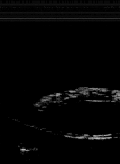
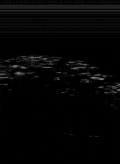
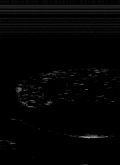
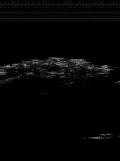
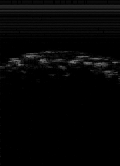
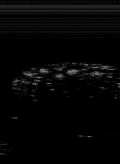
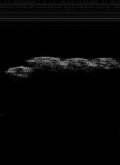
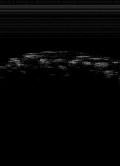
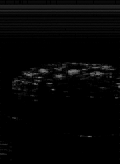
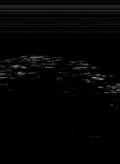
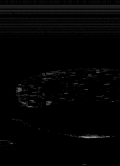

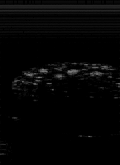
 Unsurprisingly, the random is less smooth than averaged, and the Max has quite an interesting answer, as it highlights the features of the image.
Unsurprisingly, the random is less smooth than averaged, and the Max has quite an interesting answer, as it highlights the features of the image. 